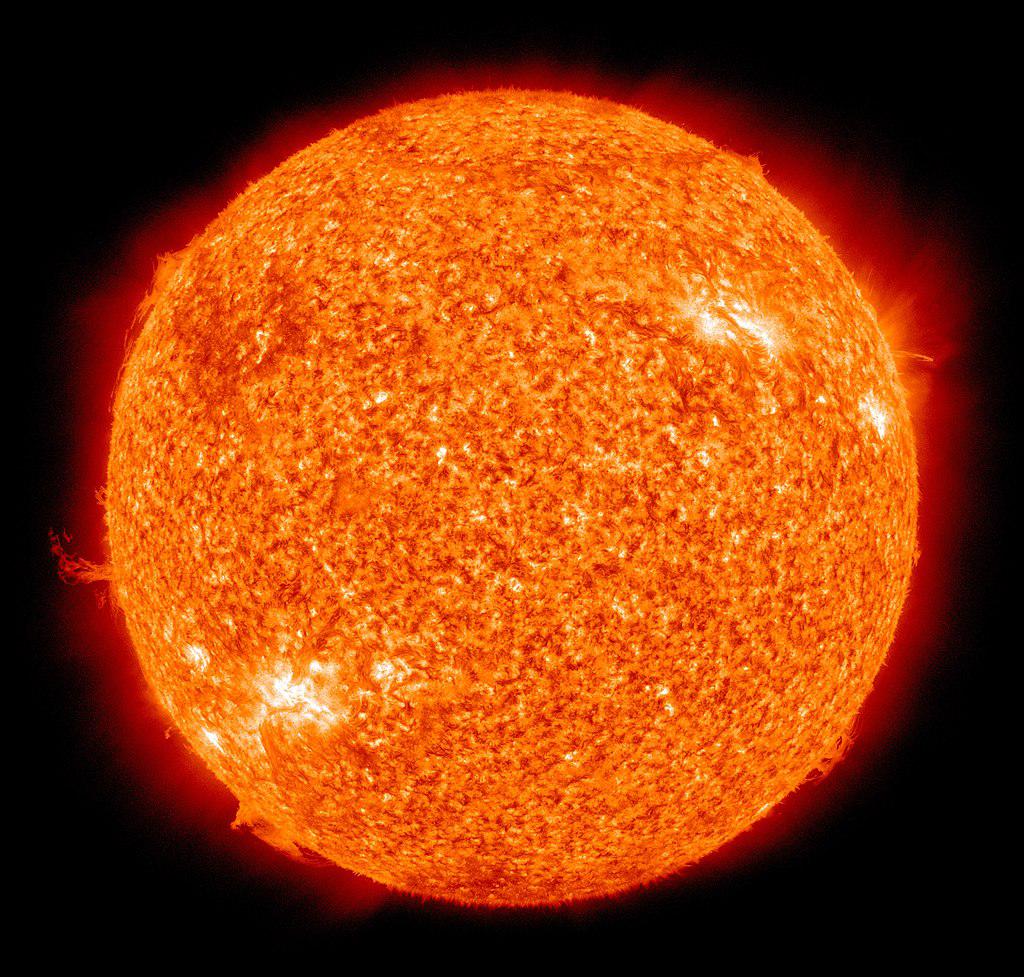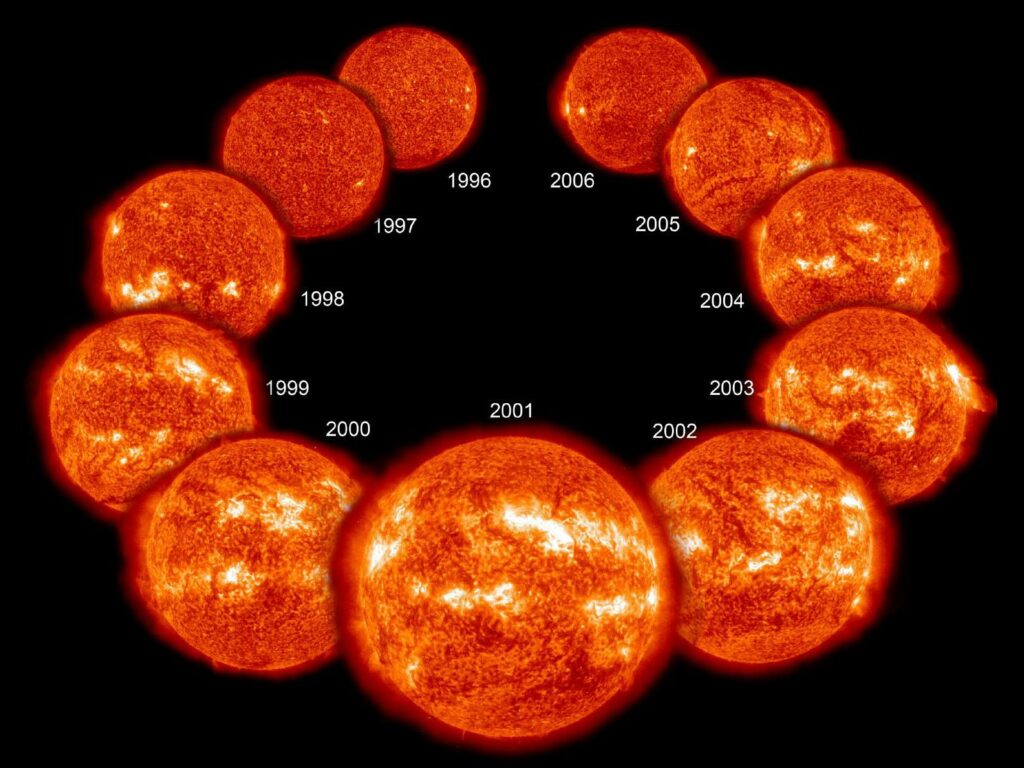Astronomers have discovered a star that has shown almost no activity since 2003. This phenomenon is similar to the Maunder Minimum — a 70-year period during which no spots were observed on the Sun.

In the period from 1645 to 1715, there were practically no spots on the Sun. Other data, such as isotope analysis in trees and glaciers, also indicate a decrease in solar activity. Another interesting fact is that the time of the Maunder minimum coincided with the so-called Little Ice Age — the coldest phase of global cooling that occurred during the XIV—XIX centuries.
In an attempt to explain what happened to the Sun in the XVII century, a team of American astronomers decided to check whether other stars experience similar changes in their activity. For this, they used the archive of observational data from the Mount Wilson Observatory and the Keck Observatory, covering a period of 50-60 years.

In total, astronomers studied a sample of 59 stars, most of which resemble the Sun. The most promising was the luminary, which has the designation HD 166620. Previously, it demonstrated a period of 17-year activity. However, in 2003, the star quieted down, there are no signs of spots on it, which is very similar to the Sun in the Maunder minimum.
According to the researchers, they intend to continue observing HD 166620 and hope that over time they will be able to record the return of its activity. This will help answer the question about the nature of the Maunder minimum and how typical this behavior is for stars.
According to https://phys.org
Follow us on Twitter to get the most interesting space news in time
https://twitter.com/ust_magazine
